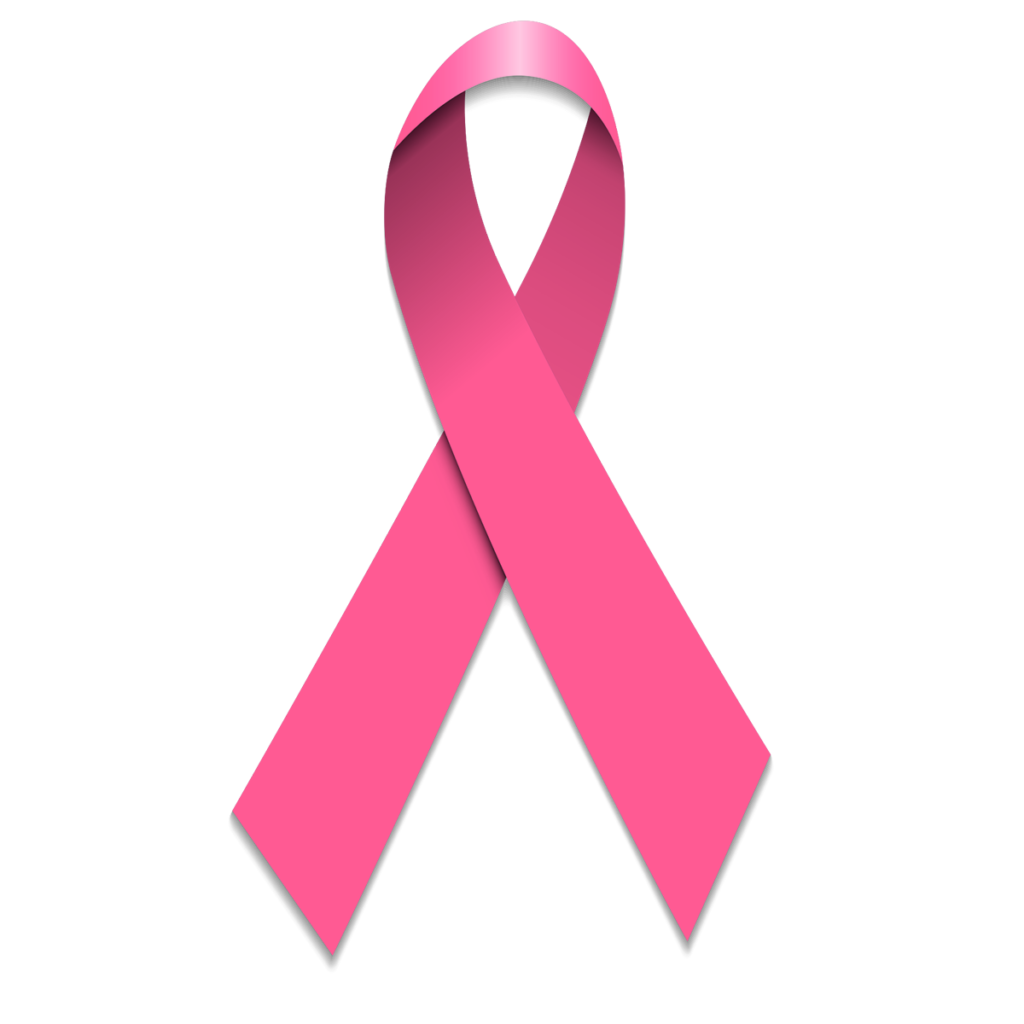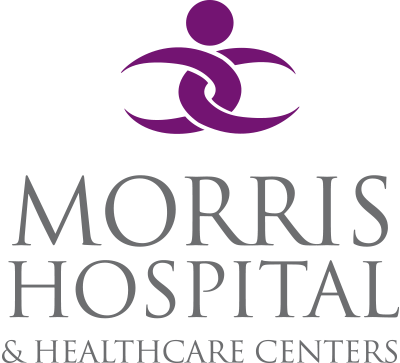 Mammography saves lives! For women at average risk of breast cancer, the American College of Radiology recommends an annual mammogram beginning at age 40.
Mammography saves lives! For women at average risk of breast cancer, the American College of Radiology recommends an annual mammogram beginning at age 40.
Mammography Locations:
- Morris – Morris Hospital, 150 W. High Street
- Channahon – Morris Hospital Ridge Road Campus, 27240 W. Saxony Drive
- Diamond – Morris Hospital Diamond-Coal City Campus, 1450 E. Division St., Diamond
- Ottawa – Morris Hospital Obstetrics & Gynecology Specialists, 1300 Starfire Dr.
Call 815-942-4105 to schedule your appointment.
Please note, if you are scheduled for a mammogram and have had a prior mammogram done outside of Morris Hospital, it is important to bring a copy of your prior images to your mammogram appointment. These images are critical for proper comparison when the radiologist is interpreting your breast images. Not having your prior images with you at the time of testing may limit image findings and delay results. Please be sure to obtain a copy from your prior provider and bring them to your appointment.
For women who need additional follow-up after their mammogram, a breast health nurse navigator from Morris Hospital will help provide guidance every step of the way.
WHAT IS MAMMOGRAPHY?
Mammography is a specific type of imaging that uses a low-dose x-ray system for the examination of breasts. A mammography exam, called a mammogram, is used as a screening tool to detect early breast cancer in women experiencing no symptoms and to detect and diagnose breast disease in women experiencing symptoms such a lump, pain or nipple discharge.
Mammography plays a central part in early detection of breast cancers. However, initial mammography images themselves are not always enough to determine the existence of benign or malignant disease with certainty. Depending on the findings, the Radiologist may recommend further diagnostic studies.
WHAT IS BREAST TOMOSYNTHESIS?
Breast tomosynthesis is a new technology in the fight against cancer. During the tomosynthesis part of the mammography exam, the X-ray arm sweeps in a slight arc over the breast, taking multiple breast images in just seconds. A computer then produces a 3D image of your breast tissue in one millimeter layers. Now the radiologist can see breast tissue detail in a way never before possible. The mammography equipment at the main hospital campus, Ridge Road Campus, and Diamond-Coal City Campus all use breast tomosynthesis.
WHAT IS COMPUTER-AIDED DETECTION?
Morris Hospital & Healthcare Centers has further enhanced its digital mammography services by using Computer-Aided Detection (CAD). When activated, CAD highlights abnormalities to assist the radiologist in making a diagnosis. In essence, CAD is a second set of eyes to support and enhance the radiologist’s findings.
WHAT DOES IT MEAN TO BE A SOFTER MAMMOGRAM PROVIDER?
Along with digital mammography, Morris Hospital uses MammoPads for every patient exam. MammoPads are soft, warm, single-use foam cushions that are placed between the patient and surface of the mammography unit. Clinical studies have shown that three out of four women experience an average 50 percent decrease in discomfort when the MammoPad is used. The reduction of discomfort helps women relax and assists the technologist in properly positioning the breast and obtaining sufficient compression, both key components of a good mammogram.
ABOUT THE EXAM
WHAT WILL THE EXAM BE LIKE?
You will be asked to change into a gown before your examination. You will also be asked to remove jewelry, or any metal objects that could obscure the images.
The individual who will perform the study is known as a Mammography Technologist. She has completed a rigorous course in Radiologic Technology and has additional training in Mammography.
The technologist will position your breast in the mammography unit. Your breast will be placed on a special platform and compressed with a paddle made of clear Plexiglas or other plastic. Breast compression is necessary in order to spread out the tissue so that small abnormalities won’t be obscured by overlying breast tissue. Compression also allows the use of a lower x-ray dose since a thinner amount of breast tissue is being imaged and it also holds the breast still to eliminate blurring of the image caused by motion.
You will be asked to change positions slightly between images. The routine views are a top-to-bottom view and an angled side view. The process will be repeated for the other breast.
When the mammogram is completed, you will be asked to wait until the technologist examines the images to determine if more are needed. Sometimes additional images will be taken to assure a complete exam.
The Radiologist will review your exam in a detailed manner and may request additional imaging that you will be called back for, or additional imaging such as Ultrasound which your physician will order. Please do not be alarmed. Additional images are very common and assist the radiologist in completing a thorough study of your breast tissue.
HOW DO I PREPARE FOR THE EXAM?
The optimal time to schedule a Mammogram is 1 week after the beginning of your menstrual period.
Please follow the instructions given to you when scheduling your exam.
Typically, you will be told not to wear deodorant, perfume, powders or ointments in the underarm area or on the breasts.
If you have had a Mammogram done at a different facility, please bring or have the images sent to Morris Hospital, ideally prior to your appointment. We can request the images on the day of your exam, but then there will be a wait time to receive these images for comparison.
HOW LONG WILL THE EXAM TAKE?
Mammography imaging will take less than 30 minutes. If you have implants, special views are needed and your exam will longer.
FOLLOWING THE EXAM
You should have no discomfort or pain from this exam. You may return to your normal daily activities unless otherwise instructed.
EXAM RESULTS
A Radiologist will study the images and a report will be sent to your designated health care provider.
SPECIAL NOTE
Women should always inform their health care provider or technologist if there is any possibility that they are pregnant.
If you should have any questions regarding this procedure, please call 815-705-7130.
